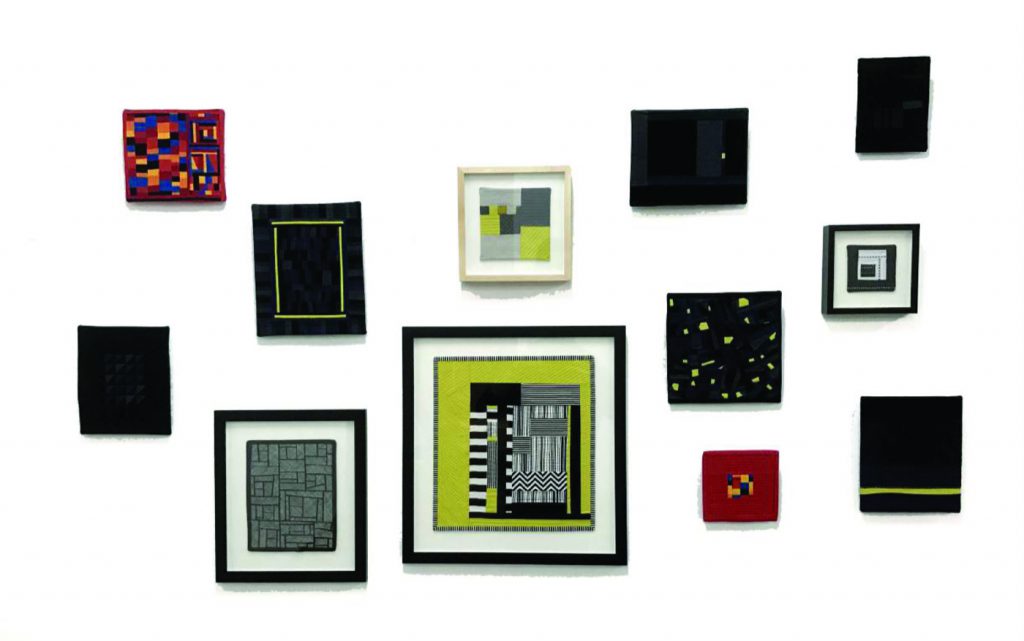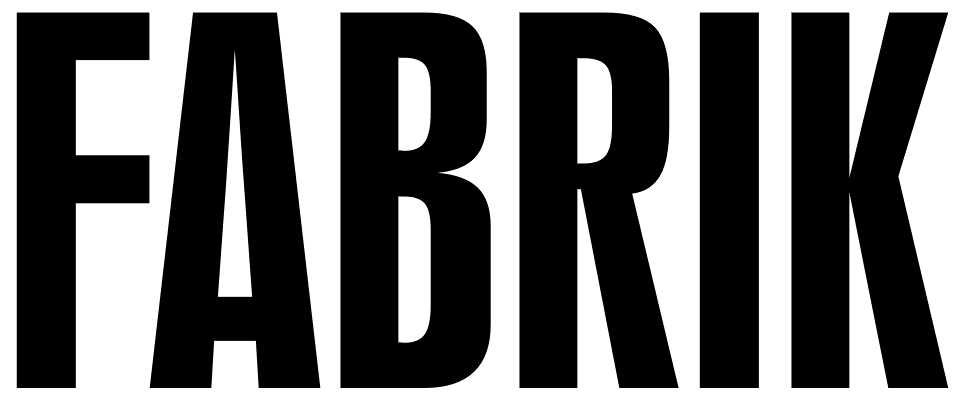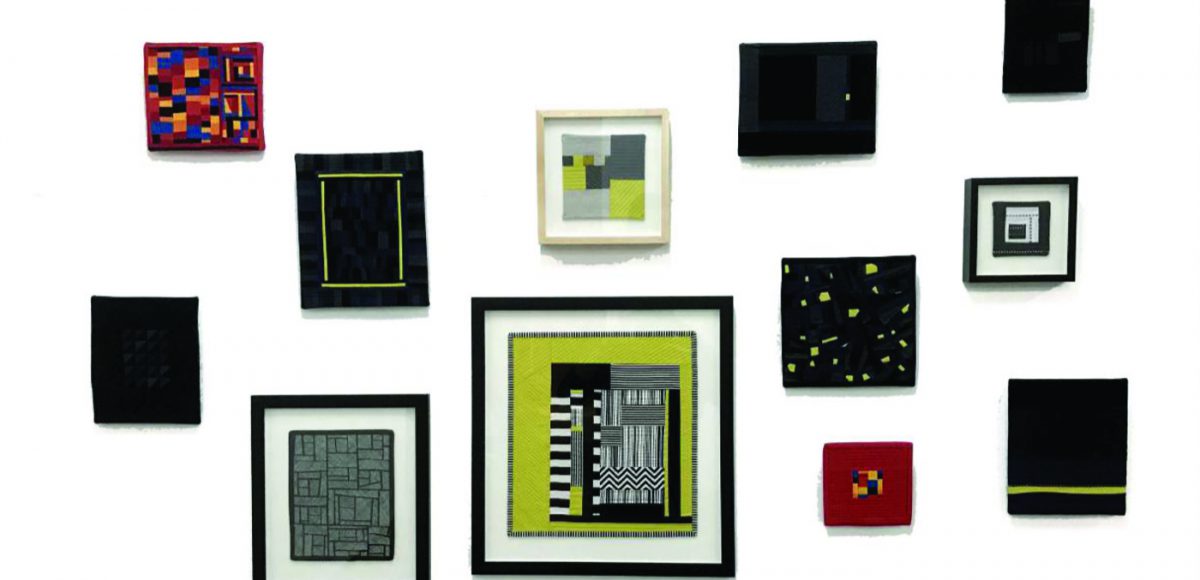Coagula Curatorial
LaVialle Campbell: In The Shadows
(May 27-July 2, 2017)
LaVialle Campbell’s supposed weaknesses are in fact her artistic strengths. An African-American woman living with chronic disabilities, Campbell’s life should be freighted with burdens. If it is, her work reflects an attitude not of self-pity but of resistance and even triumph, and above all, of a life dedicated to exploration and invention.
Campbell’s principal medium, quilting, is no stranger to contemporary discourse than is her gender, race or physical hindrance. But she does not exercise her art as a direct weapon in the cause, as, say, Faith Ringgold has since the 1960s. Rather, Campbell codes her experiences and her defiant responses deep into essentially abstract compositions; compositions which, in more traditional (or “tougher”) media would do white male modernists proud.

LaVialle Campbell at Coagula Curatorial
The color and structure of Campbell’s compositions descends directly from Mondrian, Albers, Reinhardt and the panoply of 20th century geometric art. Campbell is only the latest woman and latest African-American to adopt this language as her own. But by adopting it to the pliancy of cotton, she derives a distinctive patois from that language. She limits her formal vocabulary to vertical and horizontal strips, some, flowering into clacking swirls of brilliant color, others, murmuring in the same shade of off-black. Both conjure the quilting tradition of course, especially as a manifestation of traditional southern Black female culture. (Campbell’s full color work, for instance, evinces the DNA of the Gee’s Bend, Alabama, quilting circle.) But they repurpose this tradition, from its village-wide context to that of an urban perspective. In Campbell’s hands, quilting is no longer a folk tradition but a modernist—okay, neo-modernist—position.
One thing at play in Campbell’s sophisticated reassertion of quilting is a clever associative element playing—very much “playing”—around the edges. After all, she is producing two kinds of quilts, “colored” and “black.” The association of cotton with African-American history (even after Emancipation) is never far from the discussion. At the same time, by working for the most part on a scale that renders her work non-functional—producing quilts too small to be bedspreads but too big or too floppy to be potholders—Campbell further insists that we regard what she does as art rather than craft. Anni Albers is as much Campbell’s forebear as Joseph.
Loaded and sensuous as they are, Campbell’s quilts dominate her show, but she also displays several groupings of flocked glass. The plaques, comprising her Survivor series, are branded with single words, while the bulbs constitute her Bombs and Bubbles. There is something overly obvious about these objects; they lack the grace of the quilts, and their clunkiness is not altogether endearing. But the Campbell charm, and her appreciation for texture, do flicker through. These brittle presences are no mere paperweights.




